There is some blatantly incorrect information in this article. No one is required to get permission, except for expedition/tour operators. An individual citizen is asked to voluntarily submit a form - keyword: voluntarily.
Anyone may go to Antartica, and with some exceptions, go where ever they'd like.
Why We Are Not Allowed to Visit Antarctica
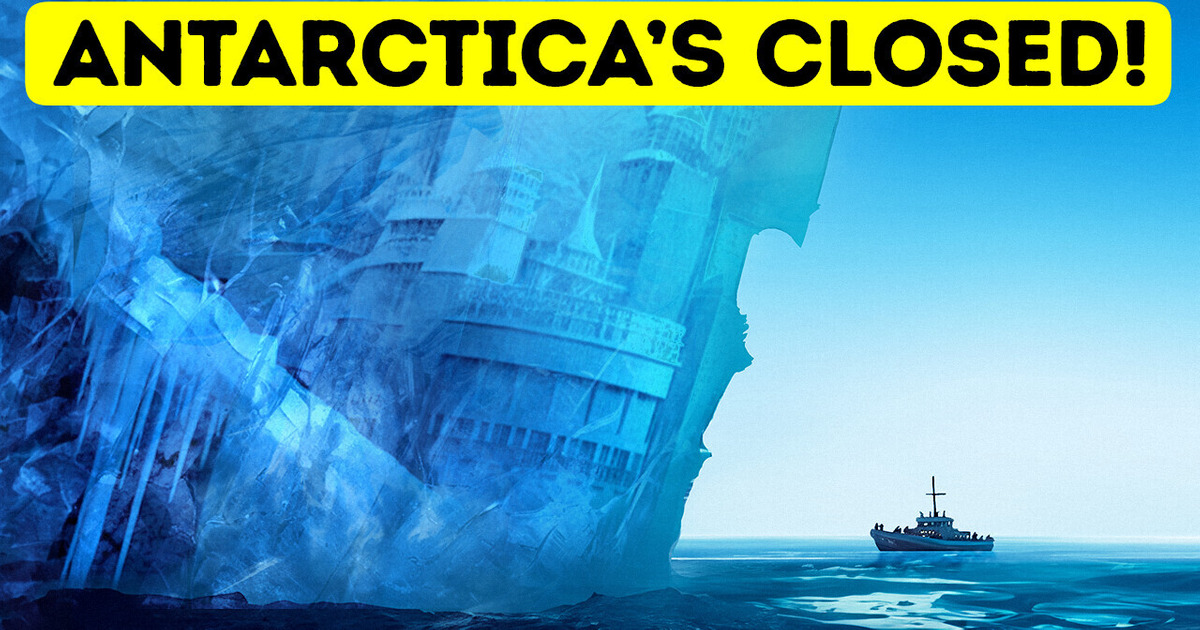
We’ve all dreamed of visiting the Arctic and witnessing the natural wonders of polar bears frolicking on ice floes or the aurora borealis dancing across the sky. Well, sorry to break it to you, but you won’t find any tourists flocking to Antarctica anytime soon.
Why, you may ask? Let’s dive into it! First off, where is Antarctica? It’s located in the Southern Hemisphere, specifically at the South Pole.
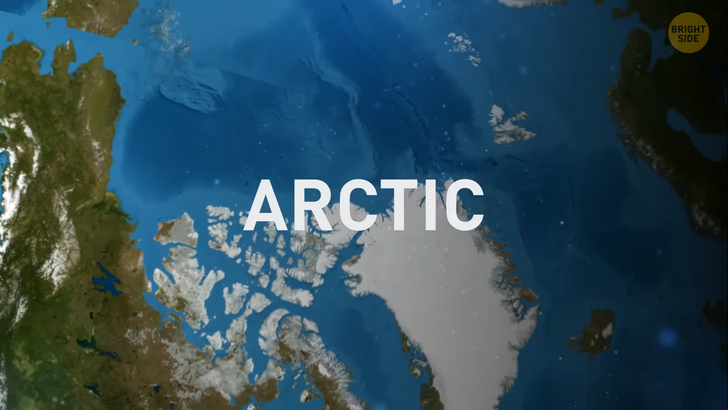
The Southern Ocean surrounds it, and most of the continent is covered by ice, making it one of the most remote and frigid places on Earth. Now, have you ever met someone who’s visited Antarctica? Probably not. It’s one of the least-visited places on the planet, and only a handful of lucky explorers have seen its interior, which is mostly made up of glaciers and icefields. But trust me when I say the wildlife and scenery are out of this world.
Why shouldn’t you travel to Antarctica? Well, for starters, the environment is incredibly fragile and can be easily damaged. Plus, there are no native human populations on the continent, so your travels would essentially be like visiting an uninhabited island.
And let’s not forget that it’s also one of the most expensive destinations to travel to. Despite all that, Antarctica is not exactly guarded like a fortress, but there is an international agreement called the Antarctic Treaty. This treaty was negotiated to prevent any unwanted activity on the continent and bans some forms of testing done there by member states.
But the primary reason we can’t just waltz into Antarctica is that it has a delicate ecosystem that needs protection. The treaty states that Antarctica should be used for peaceful purposes only and should be free from any human activity that could harm the environment.
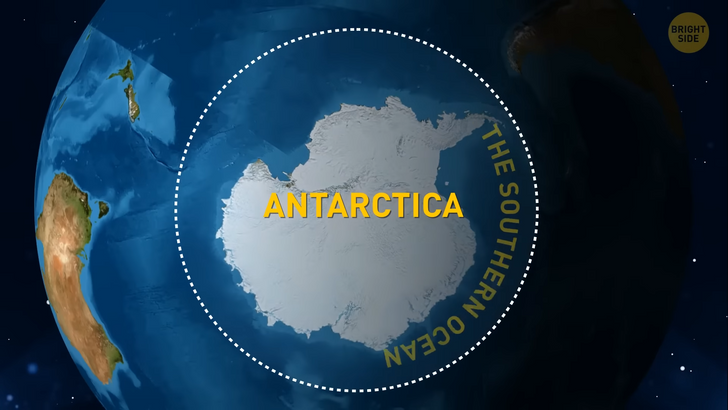
Scientists are still learning about the continent’s unique ecosystem, and our activity and machines could disrupt the delicate balance that exists there. If you’re still itching to go to Antarctica, getting permission isn’t exactly a walk in the park. US citizens, for example, need to complete a special form and send it to the Office of Ocean and Polar Affairs.
And once you’re there, you’ll need to follow some strict guidelines to protect the environment, like not disturbing any wildlife or taking souvenirs like rocks, plants, or animals. Now, technically, can you live in Antarctica? While there are no laws banning people from living there permanently, it’s a very inhospitable environment and unsuitable for human habitation.
Temperatures can reach −76 degrees F and below, making it nearly impossible for anyone to survive without the proper equipment and experience. Plus, the nearest piece of land is over 1000 miles away, making any inhabitants completely cut off from the rest of the world. Who knows, maybe one day we’ll get the chance to visit this unique and fascinating continent, but until then, let’s admire it from afar.
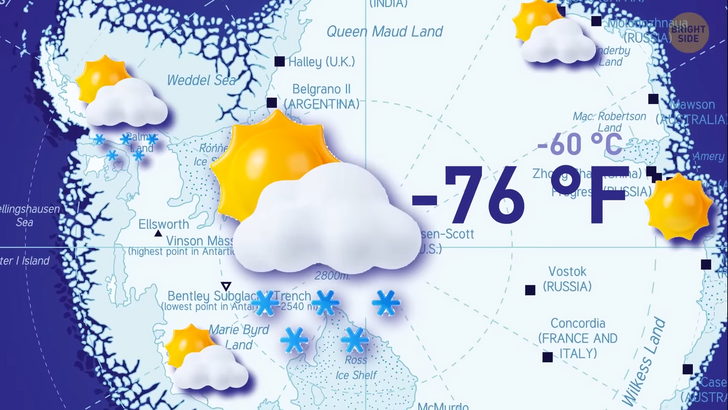
Let’s now talk a bit about the discovery of Antarctica! Unlike other places that were already inhabited, Antarctica never had a native human population. Ancient Greek philosophers had an idea about the continent and called it Ant-Arktos [Ant AA-r-k-t-aw-s], meaning “opposite the bear”.
The bears it refers to are not the polar ones, though, but rather the Great and Little Bear constellations, which are only observable in the Northern Hemisphere. As a result, the term signifies the opposite of “the land of the bear”. Whaling and sealing voyages in the late 1700s and early 1800s would venture further south when rounding Cape Horn at the tip of South America.
It was known that going further south often meant stronger winds, but also the risk of hitting floating ice of all sizes and of winds and seas that could prove dangerous to the ship and crew. Captain James Cook was the first to cross the Antarctic Circle on January 17, 1773, in the Ross Sea region. He reached a point further north a year later, and though he didn’t sight land, he came to within 50 miles and saw deposits of rock held in icebergs indicating that a more southerly land existed.
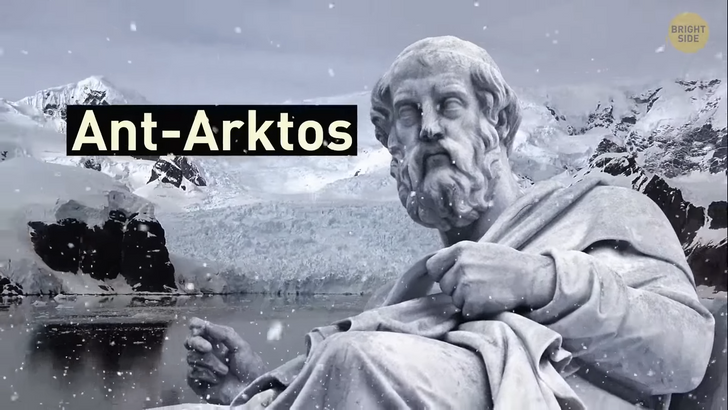
The first sighting of Antarctica is widely acknowledged to have taken place in January 1820, during the voyage of two ships, under the command of Captain Fabian Gottlieb von Bellingshausen [fabi·an got·tlieb von belling·shausen] as part of a two-year exploratory expedition around the world to discover new lands. The captain’s ships were the first to have crossed the Antarctic Circle since Cook.
The first undisputed landing on Antarctica didn’t happen until much later on January 24, 1895, at Cape Adare during the whaling voyage of the ship Antarctic led by Henryk Bull. A small boat with six (or possibly seven) men on board rowed ashore during calm conditions.
You might not believe it, but Antarctica is actually a desert! With all that ice, you’d think it’d be like a winter wonderland with snowball fights and hot cocoa all day long. When we think of deserts, we picture camels and cacti and people struggling to find water. But in Antarctica, it’s a whole different story. The struggle isn’t to find water, it’s to find anything that’s not covered in ice!
And the average rainfall has been just over 0.4 inches in the past 30 years. That’s like a few drops of rain compared to what we’re used to. So technically, it’s not the dunes or sizzling heat that makes a desert... well, a desert. It’s the lack of precipitation. But don’t worry, if you ever find yourself lost in Antarctica, you won’t have to worry about getting thirsty. Just make sure you bring a jacket and some mittens because it’s cold enough to make you into a popsicle.
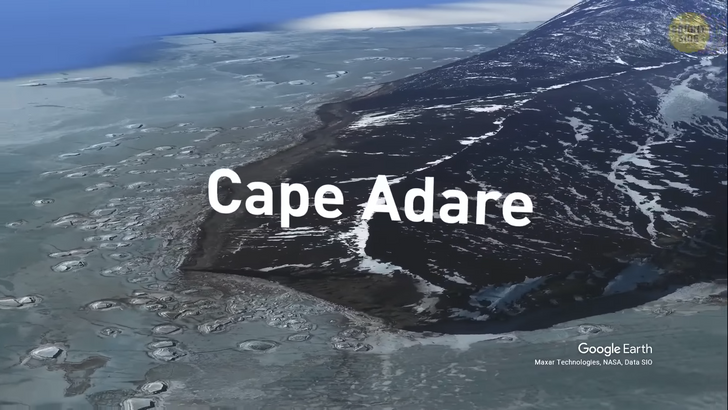
Not only is Antarctica one of the driest places on Earth, but it’s also the coldest, the windiest, and the highest! Talk about overachieving. The penguins and scientists down in Antarctica have at times found themselves in a bit of a pickle when it comes to time.
You see, unlike the rest of us on this big blue planet, there is no Antarctica time zone! All the lines of longitude meet at a single point at the South Pole, making it a bit of a head-scratcher when trying to figure out what time it is.
Now, you might be thinking, “But how do the scientists and researchers keep track of time down there?” Good question! They typically stick to the time zone of the country they departed from. However, with stations from all over the world on the Antarctic Peninsula, things can get a little wacky.
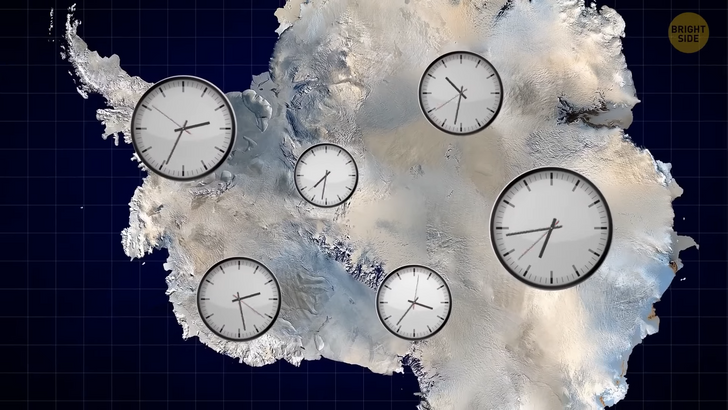
Imagine trying to coordinate with your neighboring countries without accidentally waking them up in the middle of the night! You might think that not much could survive in a place where the temperature is extremely cold, the sun barely shows up, and the wind could blow you away faster than a tumbleweed.
Well, as in many places on Earth, life found a way in Antarctica, too. Believe it or not, this frozen continent is buzzing with activity! It’s home to billions of krill, which in turn attract lots of seals and more penguins than you can shake a fish at.
Comments
350 people are reported have been to the south pole. That's considerably more than a handful.
With half the world bickering, squabbling, fighting, bullying, coercing, maiming and killing including but not exclusively Russia and Israel, it seems almost unbelievable that not a few, but ALL Nations don't venture into the interior of Antarctica, and that they make it near impossible to go there. WHY?
Every single thing that the rich and powerful want to take, usually for profit, or power, they take. They all leave Antarctica alone?
So the ruling class are fine exploiting basically every other natural resource, or destroying any other ecosystem just so they can report a profit to shareholders but when it comes to a desolate frozen wasteland they all agreed it needs to be protected? Something ain't adding up here chief. They can't be bothered to pay other humans enough to survive but I'm supposed to believe they really care about polar bears and penguins?
Related Reads
20 Lucky Ones Who Bloomed Over the Years So Much That Nobody Can Recognize Them

14 Times Employees Handled Toxic Jobs Like Absolute Pros

I Share My Husband With His Ex-Family—I’m Done

I Refuse to Sleep Under the Same Roof as My Stepson — My Daughter’s Safety Comes First

My MIL Insulted Me in Public—I Taught Her a Lesson

13 People Share the Things They’ve Been Hiding From Their Partners for Years

15 Stories That Show Kindness Is the Quiet Power the World Often Forgets

14 Mother-in-Law Moments That Became a Legendary Family Story

I Refused to Support My Parents After Years of Neglect—I’m Not Their Retirement Plan

10 Stories That Prove Kindness Is the Ultimate Cure

I Refuse to Forgive My Parents—They Bought My Brother a House and Left Me With ‘Sorry’

I Closed My Doors to My Entitled In-Laws on the Weekend and I Don’t Regret It
